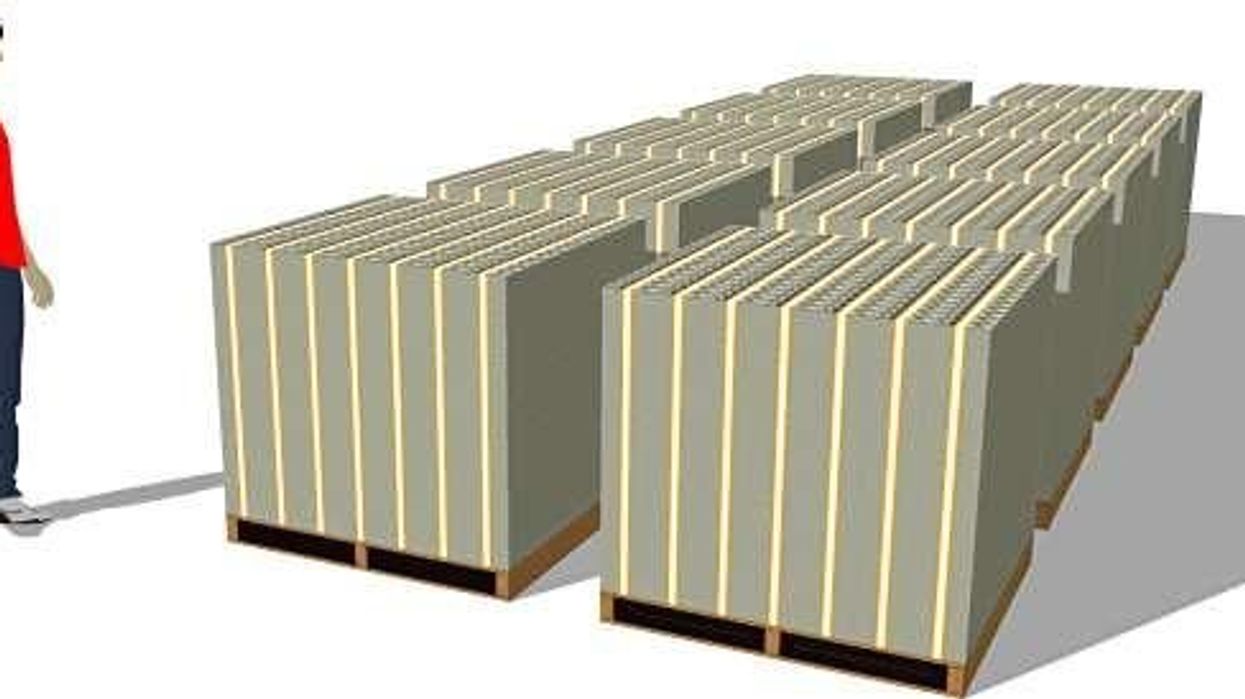News
Indy100 Staff
Jul 21, 2014

Sponsored by first direct
Money, money, money, must be funny, right? Right.
1. The 99 Flake ice cream name has nothing to do with money
Although it sold for a long time in the 1990s for 99p, the name of the 99 Flake ice cream has nothing to do with money, as it predates decimalisation. There are many theories about where the name came from, but i100 (whose name is also nothing to do with money, or the 99 Flake) does not wish to confirm any of these until staff members have completed an in-depth research project into ice cream this summer.
2. World Cup geniuses are worth 40 times their weight in gold
What price World Cup glory? Neymar, the one-man World Cup wonder, moved to Barcelona for £71.5 million last year. Dividing that value by his weight (a sparrow-like 65 kilos) gives us the definitive market valuation: World Cup glory costs £1,100 per gram, meaning Neymar is worth 40 times his weight in gold.
3. The weird thing about the dollar
Here's a slightly weird fact about the dollar sign: it probably evolved out the symbol for pesos – a P written on top of an S.
4. The other weird thing about the dollar
Here's a much weirder fact about the dollar sign: it doesn't appear on any dollar bills. Really – take a look.
5. Paper money isn't made from paper
There's no wood pulp in banknotes – they're made of 'cotton paper', a mixture of cotton fibres and linen. Yes, even the British banknotes in your wallet.
6. It all started in China
There might not be any paper in it anymore, but paper money was first introduced in China during the Tang Dynasty, which ruled between the 7th and 10th centuries. It took Europe around 700 years to catch on.
7. Wimbledon losers have never had it so good
A loser in the first round at Wimbledon will have won £27,000 this year. That's up 14.9 per cent since last year. They've never had it so good – the average salary in Britain is £26,500.
8. Eight people want to get rid of the 1p coin
A recent online petition calls on the Treasury to abandon the humble penny. The argument: it costs more than a penny to mint a penny, and other nations such as Canada and New Zealand have already done this. It is such a popular idea that – at time of writing – eight people have signed it.
9. You may live to regret burning money
Acid house pioneers the KLF tried it – they burnt £1million in 1994 for a film aptly titled Watch the K Foundation Burn a Million Quid. But, surprisingly, one half of the art/pop duo, Bill Drummond, revealed ten years later that he regretted burning the money.
10. One woman won the lottery four times
Joan R Ginther, of Texas, has won the state lottery four times. And it wasn't just the tenner for a few decent numbers. First she won $5.4million (£3.2million), then $2million (£1.2million), then $3million (£1.8million), then $10million (£5.9million). According to Forbes, the odds of this were 18septillion-to-one.
11. We've been spending more than a penny since 1977
It started with the public loos outside London's Royal Exchange: people (especially women – urinals were free) were asked to spend a penny to... spend a penny. Then in 1977, the Daily Telegraph heralded the end of an era with its suitable world-gone-mad headline: 2p to spend a penny".
12. Monopoly is larger than life
Every year, the US board game giant Parker Brothers prints 30billion worth of Monopoly currency. Each year, the US Bureau of Engraving and Printing makes around $1billion (£0.59billion). Which means soon other nations will stockpile Monpoly money as a currency. Almost.
13. A billion dollars is a lot in physical money
If you were planning to one day head to the border with a briefcase full of money, you may be disappointed. This chap (his name has been withheld for legal reasons) shows us how big a billion dollars would have to be, if stacked on pallets of $100 bills:
And this is what a trillion looks like:
While we're at it, this is what the US national debt looks like:
Wow. $17trillion (£10trillion).
14. Remember those cheap glow-in-the-dark watches?
They actually contains one of the most expensive substances on Earth - tritium, a radioactive form of hydrogen. It's used in nuclear weapons, and, less dramatically, in self-illuminating exit signs and watch faces, albeit in very small quantities. It costs $30,000 (£17,600) per gram, which is even more than Neymar.
Top 100
The Conversation (0)
x
















